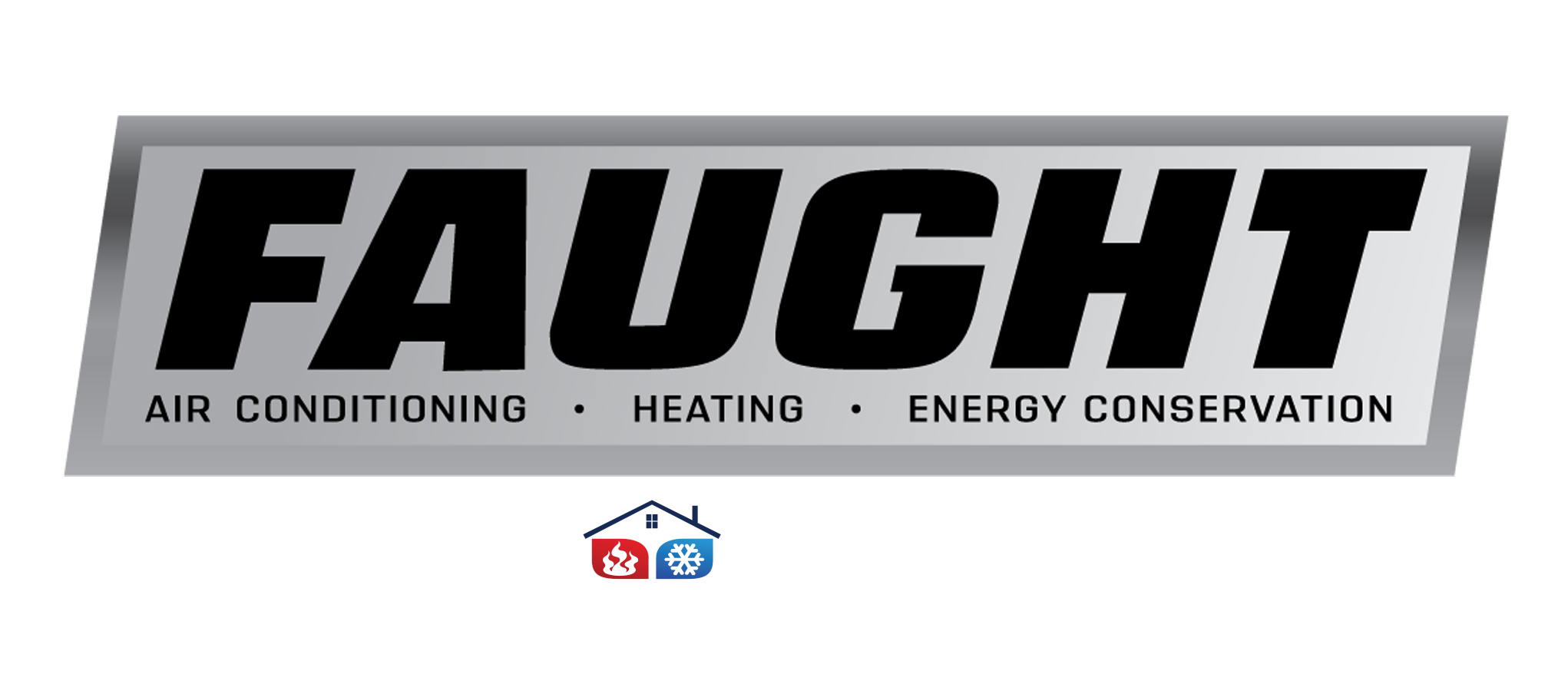Winters in Austin, TX, can be cold, and snow or ice isn’t out of the question. You’ll need a reliable furnace to keep your home comfortable and safe. When you’re ready to replace your old furnace, you’ll have a lot of options to consider. Choosing the right type of furnace is important for your comfort, safety, health and budget. Here’s what you need to know about the different types of furnaces, how they work and which one is the best option for your home.
1. Electric Furnace
Electric furnaces use electrical current to heat your home. The current travels through wires in a heating panel. The air handler blows air over the wires, and the heated air enters the ducts. From there, it moves to your living spaces. Electric furnaces are often used as a backup for a heat pump. They can also be used in homes with no gas connection. An advantage of an electrical furnace is its low installation price. They cost about 50% less than a gas furnace. Their installation is simple because there’s no gas line to hook up and no flue to build. They also have a long lifespan, averaging about 30 years. This is 10 years longer than the lifespan of a typical natural gas furnace. However, their monthly operating costs are higher, and they’re not as energy-efficient as a gas furnace.
2. Natural Gas Furnace
Natural gas furnaces are the most popular way to heat homes in the United States. More than half of homes in the USA use a natural gas furnace. The thermostat triggers the gas supply valve to allow the gas to flow into the combustion chamber. A natural gas furnace uses an igniter or pilot light to ignite the natural gas. The burning fuel warms a metal element called the heat exchanger. The forced-air system passes air over the heat exchanger, and that heated air enters the vents. Separately, the byproducts of combustion vent out of your home through the flue. Old furnaces had annual fuel utilization efficiency (AFUE) ratings of around 60% to 70%. New furnaces have AFUE ratings of up to 98%. In a furnace with a 98% AFUE rating, only 2% of the energy is wasted through the flue gases. Natural gas furnaces are more expensive than other types of furnaces to install.
3. Oil Furnace
Oil furnaces burn heating oil instead of natural gas. Your home will need an oil tank, and you’ll have to keep track of when to order a refill from the oil company. Functionally, oil furnaces work in a similar way. A pilot or igniter ignites the oil, which is burned and produces heat in the combustion chamber. An oil furnace costs about 25% less than a gas furnace. Oil furnaces are about 80% to 90% energy efficient.
4. Propane Furnace
Propane furnaces are used in about 10% of American homes. Propane gas is a byproduct of oil and natural gas refining. This gas is stored in tanks. If you have a gas grill, you have a small propane tank. Propane is easier to access than heating oil. It’s often used in rural areas that don’t have easy access to natural gas and heating oil. Propane furnaces are about 80% to 85% energy efficient.
5. High-Efficiency Furnaces
High-efficiency furnaces are a subset of natural gas furnaces. They have a second heat exchanger. The second heat exchanger captures the heat in the exhaust gases before the gases are ventilated out of the flue. These furnaces require specialized venting for safety. High-efficiency furnaces have 98% to 99% AFUE ratings. Because of the second heat exchanger and specialized ventilation in high-efficiency natural gas furnaces, these heating systems cost the most to install. However, in places with severely cold winters, the initial investment will pay for itself through lower monthly utility bills. Austin’s winters aren’t severely cold, but many people like the reduced carbon footprint of this type of heating system. If you’re in your forever home, a high-efficiency furnace is a good investment in your comfort and future.
At Faught Service Company, we’re proud to be the trusted installer of new furnaces in Austin. You can also count on us for heat pump and air conditioning installation and heating and cooling repair and maintenance services. Our duct repair services improve your home’s energy efficiency and temperature control. To learn more about the different types of furnaces, get in touch with us at Faught Service Company any time.




